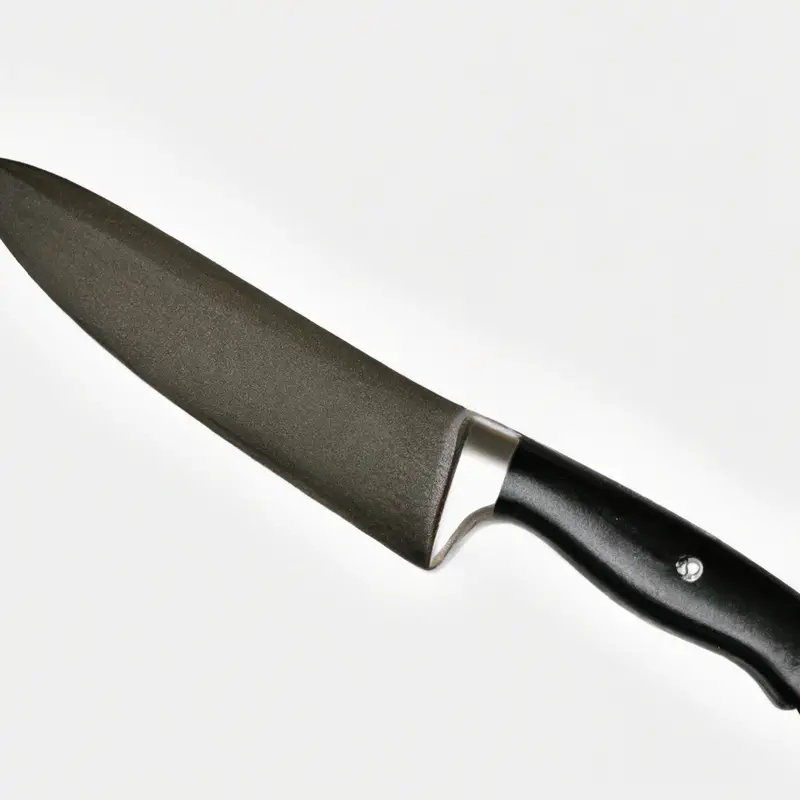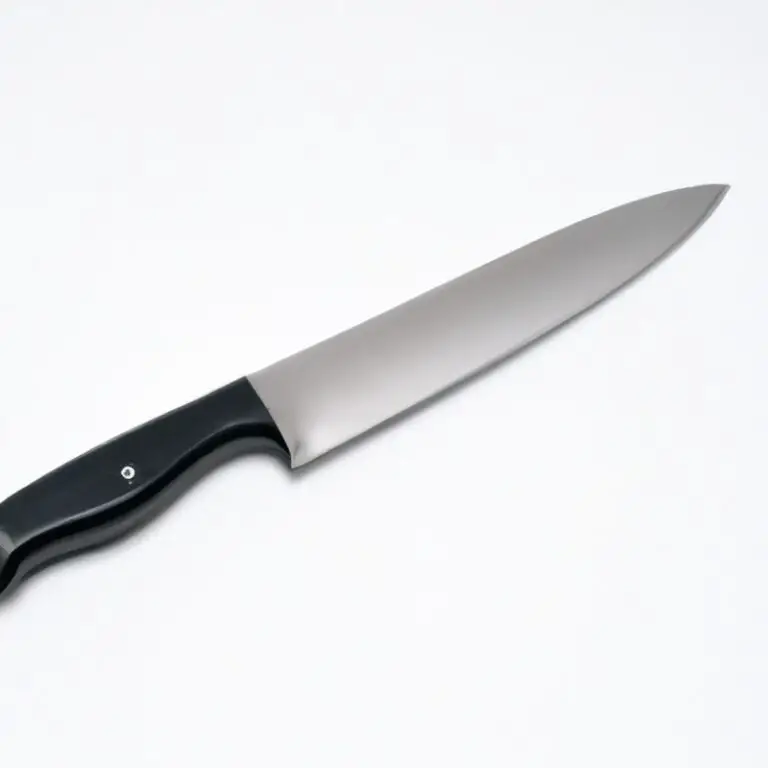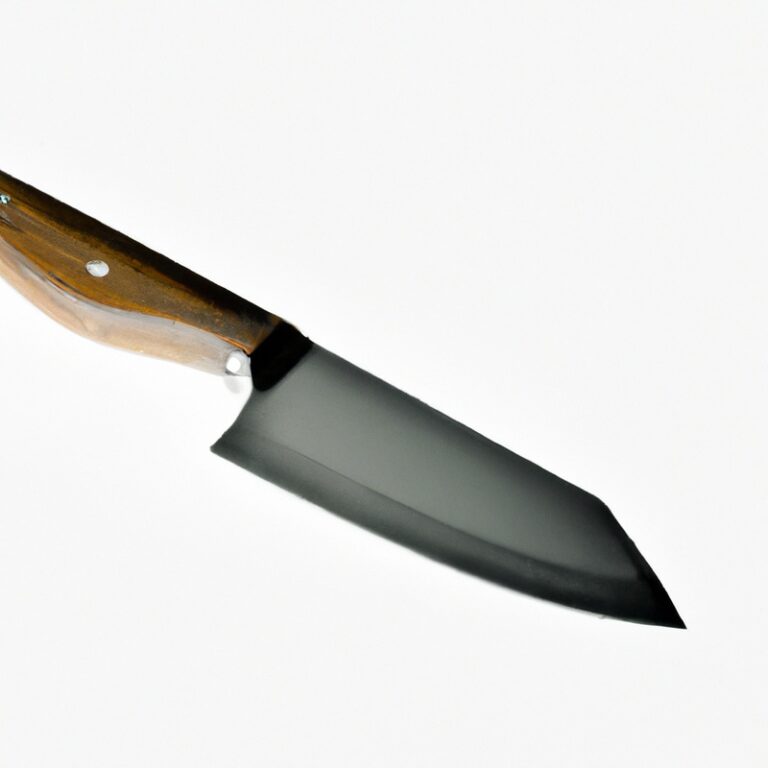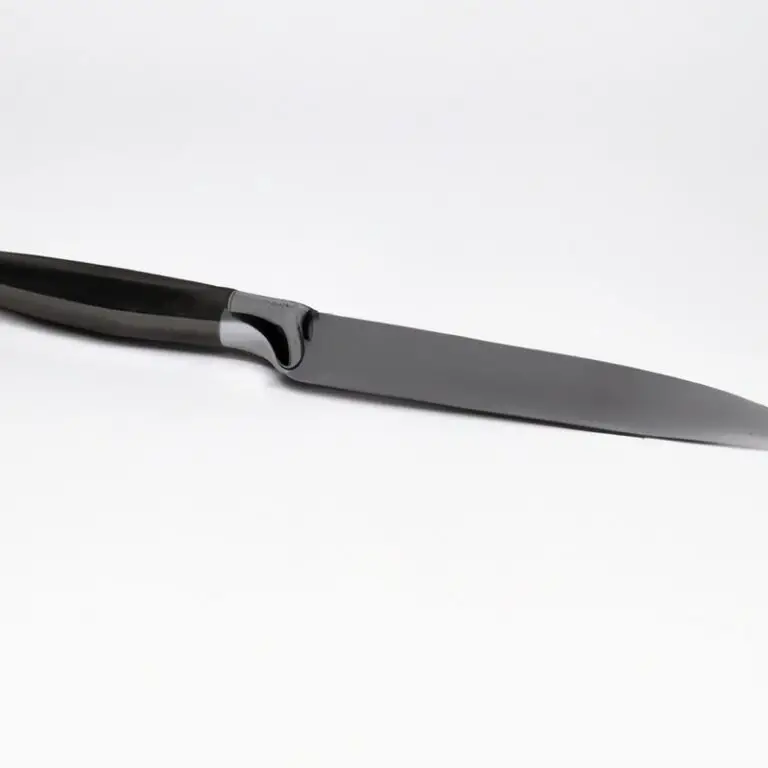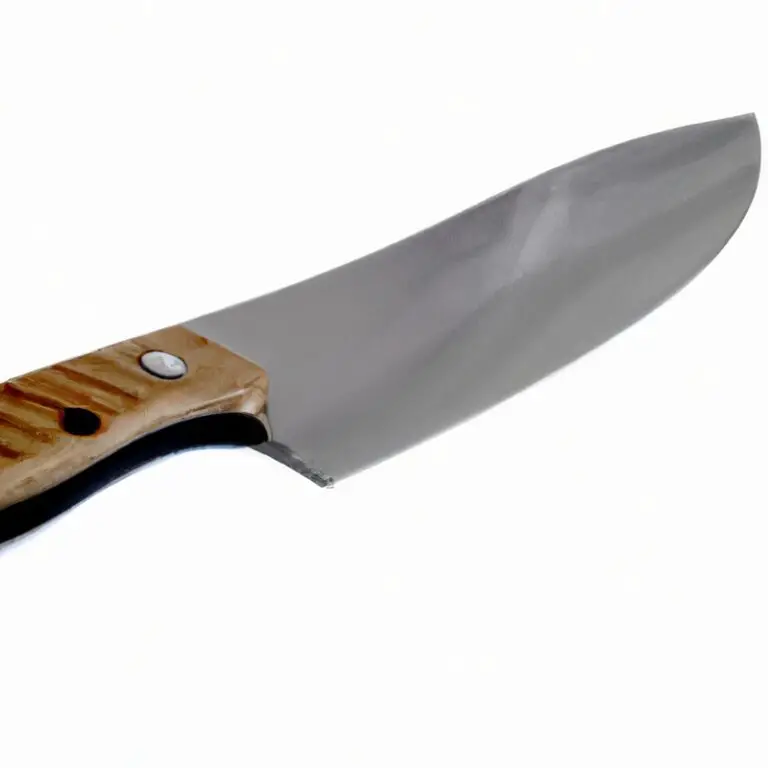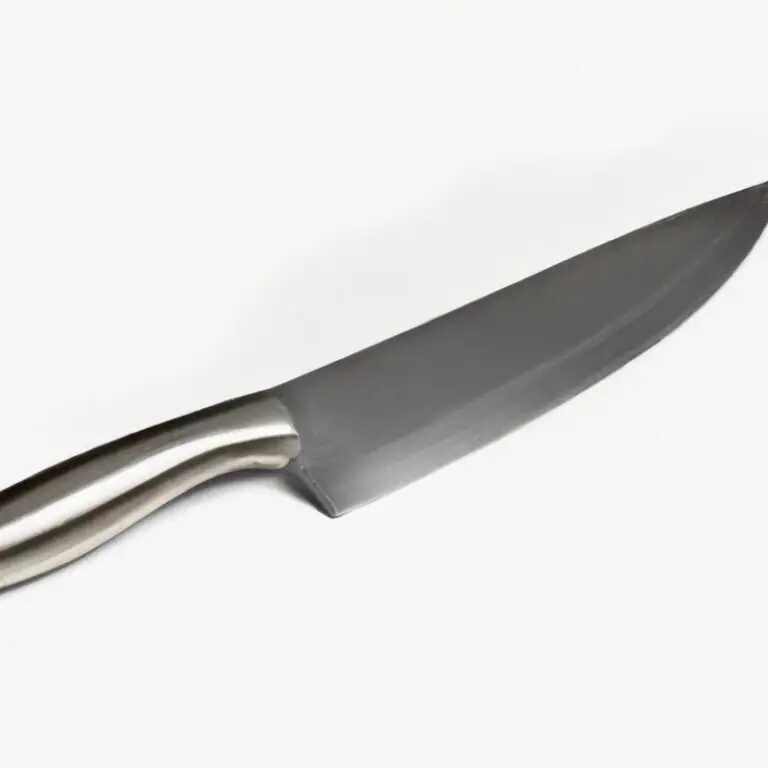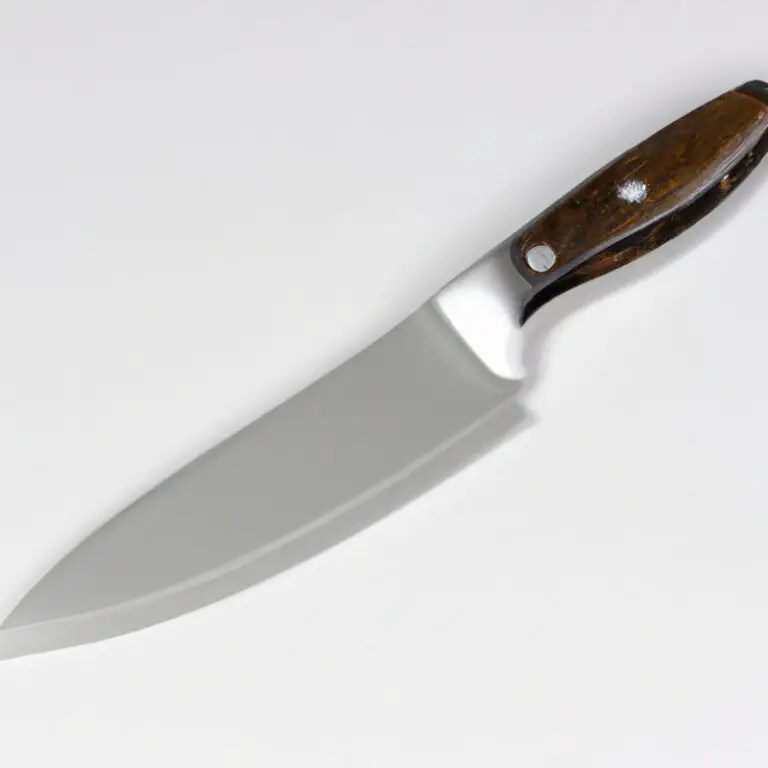How To Fillet a Northern Pike Using a Fillet Knife? Pro Tips!
Key Takeaways:
- Begin by cutting behind the pike’s gills and peel the skin off with a fillet knife.
- Use the knife to follow along the backbone, cutting downwards until the fillet is separate.
- Remove any remaining bones by cutting along the ribcage and any pin bones with tweezers.
- Skilled filleting techniques lead to more usable fish meat yield and a better result for cooking.
Are you looking to fillet a northern pike using a fillet knife, but don’t know where to start? Look no further! As a passionate angler with years of experience, I’m here to share my expertise on how to fillet a northern pike using a fillet knife.
From choosing the right knife to cleaning and maintaining it after use, I’ll guide you through each step of the process.
With my practical tips, you’ll be able to fillet a northern pike like a pro in no time and prepare a delicious meal for yourself and your loved ones. So, let’s get started!
| Fillet Knife Technique for Northern Pike |
|---|
| Step 1: Preparing the Fish |
| Step 2: Cutting off the Head |
| Step 3: Removing the Scales |
| Step 4: Cutting the Fillet |
| Step 5: Removing the Y-Bones |
| Step 6: Removing the Skin |
Choosing the Right Fillet Knife for Northern Pike
When it comes to filleting a Northern Pike, choosing the right fillet knife is crucial for a successful outcome. A good fillet knife should be sharp, sturdy, and flexible enough to glide through the fish’s bones and skin smoothly.
Opt for a blade length of 6-9 inches for filleting a Northern Pike.
A sharp blade can help maintain the integrity of the fillet, making it easier to remove the flesh from the bones and skin. Consider choosing a fillet knife with a comfortable handle that provides a good grip, especially when handling a slippery fish.
Stainless steel blades are durable and easy to maintain.
Avoid using regular kitchen knives as they can damage the fish, leaving bones behind and making filleting a difficult and unpleasant experience. Investing in a high-quality fillet knife specifically designed for filleting fish can make all the difference, resulting in nicely filleted Northern Pike and a good fishing experience.
Preparing the Northern Pike for Filleting
Before filleting a northern pike, you need to prepare it properly. Start by washing the fish thoroughly with clean water and cutting off the head.
Then, make a cut down the pike’s backbone, but don’t go through the spine.
Continue cutting along the ribcage to remove the fillet. Be cautious not to cut into the bones or leave too much meat on it.
Repeat the process on the other side of the pike.
Removing the skin from the fillet can be difficult, but there’s a technique that makes it more manageable. Hold the fish by its tail, place the edge of your fillet knife between the skin and the meat, and start slicing the skin while pulling it away from the fillet.
Repeat the process on the other side.
When you finish filleting the pike, check for remaining bones and skin on the fillet. Remove them by running your fingers over the meat, or with the help of a pair of pliers.
Now your pike fillets are ready to be cooked or stored.
Remember, the key to preparing a northern pike for filleting is caution and attention to detail. Take your time and make sure to remove all the bones and skin to ensure that your fillets are safe and enjoyable to eat.
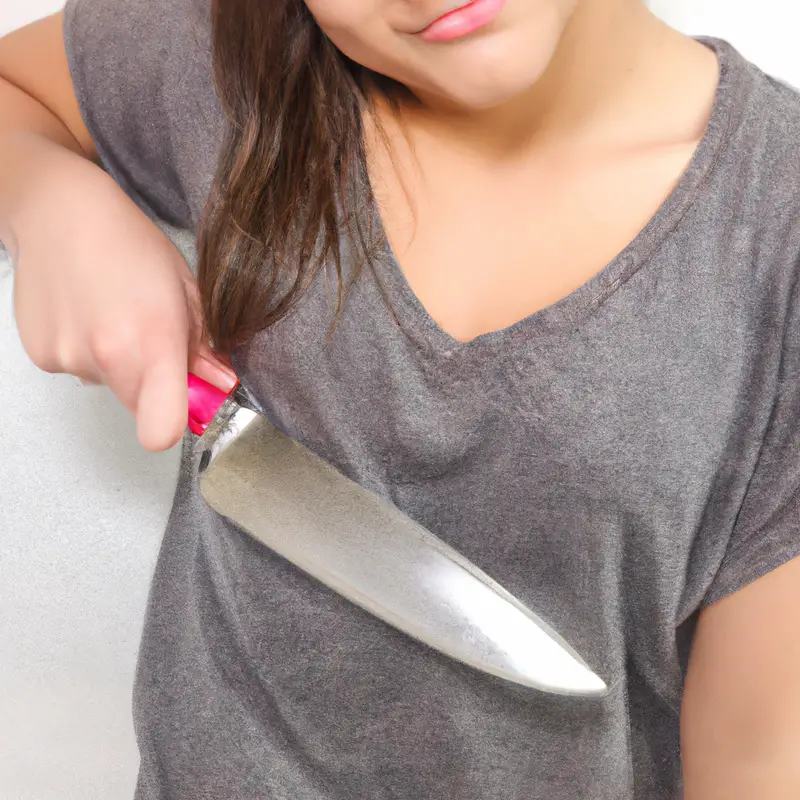
Removing the Pike’s Head with a Fillet Knife
To start removing the pike’s head with a fillet knife, grip the fish by its head and tail firmly. Using a sharp fillet knife, cut into the fish’s flesh behind its gills and down to the spine.
Turn your knife towards the fish’s head and chop off the head with a single, smooth cut.
Discard the head and repeat the process on the other side of the fish. Remember, it is essential to keep the blade sharp throughout the process to make the filleting process easier.
Making the First Cut Along the Pike’s Backbone
To make the first cut along the Pike’s Backbone, use your fillet knife and locate the top of the backbone by feeling the fish’s spine with your fingers. Make an incision at the top of the Pike’s head down to the backbone, ensuring the blade goes straight through to the spine.
Start cutting along the backbone, gently sliding the knife along the bones.
Be cautious of the rib bones attached to the spine, and cut around them. Keep pushing the blade towards the tail, keeping close to the spine.
Once you reach the end of the Pike’s tail, twist the blade and cut through the tailbone.
Remove the fish fillet from the bones, and continue with the next steps in the filleting process. Remember to always exercise caution when working with sharp fillet knives and properly maintain your tools for safe use.
Removing the Pike’s Fillet from the Bones
To remove the pike’s fillet from the bones, start by placing the fillet skin-side down on a cutting board. Use the fillet knife to gently separate the flesh from the bones by making a small incision between the fillet and the rib bones at the top of the fish.
Follow the backbone and cut towards the tail, using a sawing motion to separate the flesh from the bones.
Be careful not to cut through the bones or remove too much meat. Next, use the fillet knife to separate the rib bones from the fillet by gently pulling them away from the flesh.
Use the knife to cut through any remaining bones or connective tissue, taking care to remove them completely.
Repeat the process on the other side of the fish to remove the second fillet. Once you have removed the fillets from the bones, inspect them to ensure that all bones and connective tissue have been removed.
Use the fillet knife to trim any remaining skin or fat from the fillets.
You can then cook the fillets according to your desired recipe.
Removing the Pike’s Skin with a Fillet Knife
To remove the pike’s skin with a fillet knife, make a small cut into the skin at the base of the fillet. Hold the skin firmly with one hand and use the fillet knife to cut between the skin and the flesh, using back and forth motion.
Do this carefully, ensuring that the blade stays close to the skin to avoid wasting any meat.
Once the skin is removed, repeat the process on the other side of the pike to remove the other fillet’s skin. Be thorough in your removal of the skin to avoid any remaining scales or skin that can affect the taste of your dish.
With practice, you’ll get better at removing the skin with minimal waste.
Repeating the Process on the Other Side of the Pike
After completing the filleting process on one side of the pike, it’s time to repeat the same steps on the other side. Flip the fish over and make the first cut along the backbone, following the same technique used for the first fillet.
Use your fillet knife to remove the flesh from the bones and skin, and trim any remaining bones or skin from the fillet.
It’s important to maintain the same level of care and precision on the second side to ensure that you remove all of the edible flesh from the fish. Once you’ve finished filleting both sides, you should have four fillets in total.
Remember to clean and maintain your fillet knife between uses to ensure optimal performance.
And, if you’re not planning on cooking your fillets right away, make sure to store them properly in the refrigerator or freezer. By following these steps, you’ll be well on your way to filleting a northern pike like a pro!
Trimming Any Remaining Bones and Skin from the Fillets
Once you have removed the northern pike fillet from its bones and skin, it’s important to inspect them and ensure that no remaining bones or skin are left. Use a pair of tweezers to pull out any bones that may have been missed during the filleting process.
Once done, gently remove any remaining skin using a fillet knife.
Careful trimming will ensure that your northern pike fillet is ready to be cooked.
Cleaning and Maintaining Your Fillet Knife After Use
Cleaning and maintaining your fillet knife after use is essential for preserving its longevity and performance. Rinse off any debris and food particles with warm water and mild dish soap.
Dry the knife thoroughly with a clean cloth or paper towel.
Avoid leaving the fillet knife wet as it may rust or corrode. Use a specialized sharpening tool to maintain its sharpness and hone the blade at an angle of 15-20 degrees.
Store the fillet knife in a protective sheath or designated area to avoid damage.
Do not put the fillet knife in a dishwasher or let it soak in water for an extended period. With proper care and maintenance, your fillet knife will be ready for the next fishing trip and produce optimal results.
Tips for Cooking Northern Pike Fillets After Filleting
Now that you have successfully filleted your northern pike, the next step is to cook the fillets to perfection. Here are some tips to help you make the most out of your pike fillets:
- Remove the Y-Bones: Northern pike have a line of Y-bones that runs through the length of the fillet. To enjoy a boneless fillet, use a pair of pliers to pull out all the Y-bones.
- Keep it Moist: Northern pike fillets tend to dry out quickly, so it’s essential to keep them moist. You can do this by marinating the fillets in a mixture of oil, lemon juice, and your preferred seasoning for a few hours before cooking.
- Avoid Overcooking: Overcooked pike fillets tend to be tough and dry. Aim for a cooking time of 10-12 minutes per inch of thickness and remove from heat as soon as the flesh turns opaque.
- Experiment with Flavors: Pike fillets have a mild, slightly sweet flavor that can be enhanced with a variety of spices and seasonings. Experiment with garlic, onion, lemon, dill, parsley, or any other flavors that you like.
- Try Different Cooking Methods: Besides the traditional pan-frying method, pike fillets can also be baked, grilled, or even smoked for a unique flavor experience.
By following these tips, you can create delicious northern pike fillets that will impress your family and friends. Enjoy!
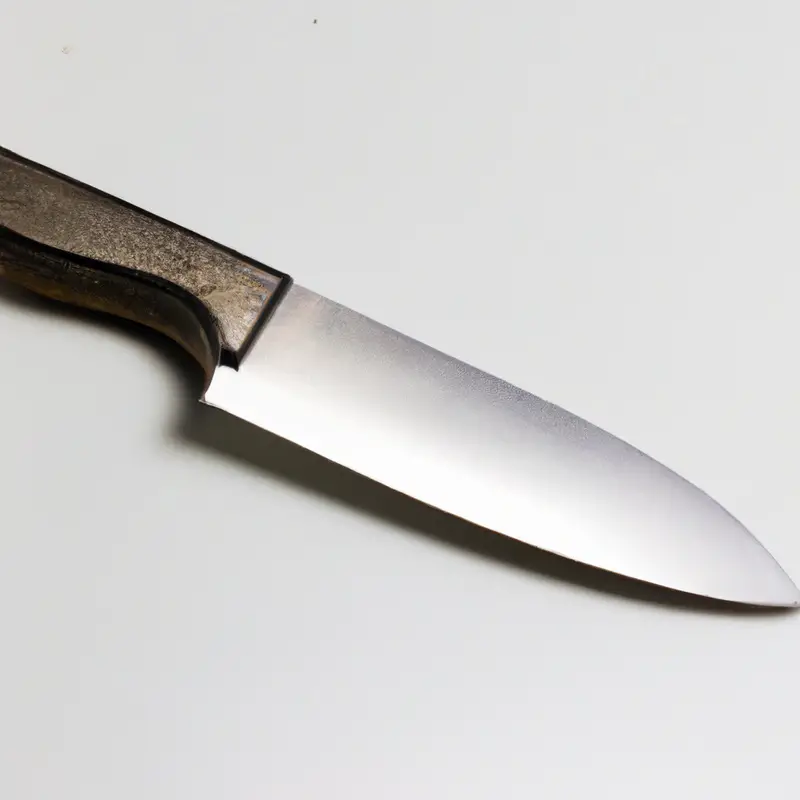
Final Verdict
Filleting a northern pike using a fillet knife may seem daunting at first, but with the right tools and technique, it can be a rewarding experience. Choosing the right fillet knife for northern pike is crucial, and preparing the fish properly before filleting is essential for a successful outcome.
With practice, removing the pike’s head, making the first cut along the backbone, and removing the fillet from the bones becomes easier.
Remember to clean and maintain your fillet knife after use, and consider these tips for cooking northern pike fillets: bake, fry or grill with complementary and flavorful ingredients. By following these steps, you can confidently fillet a northern pike using a fillet knife and enjoy delicious meals with your catch.
Trust yourself, the process, and the reliability of the information provided.
Happy filleting!

